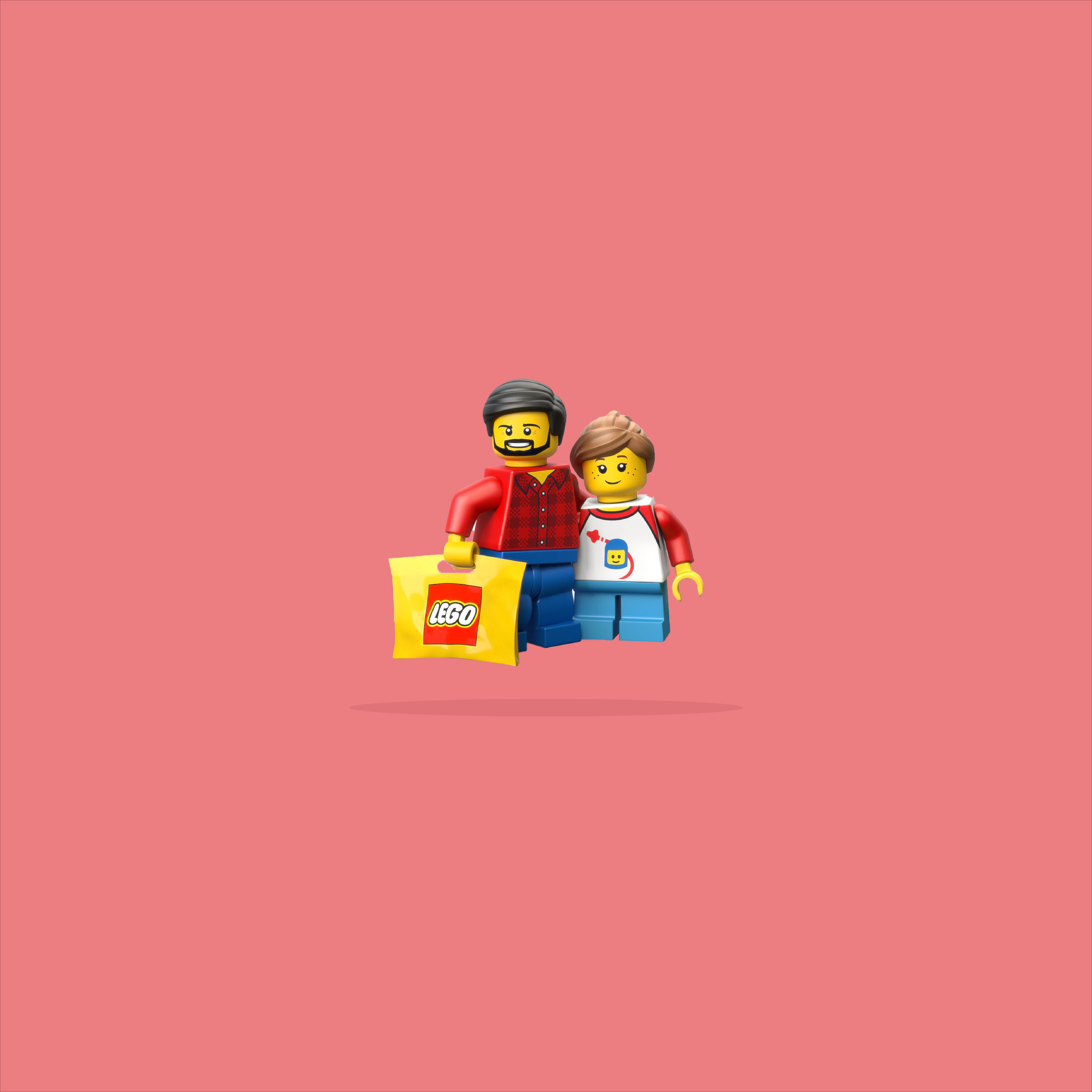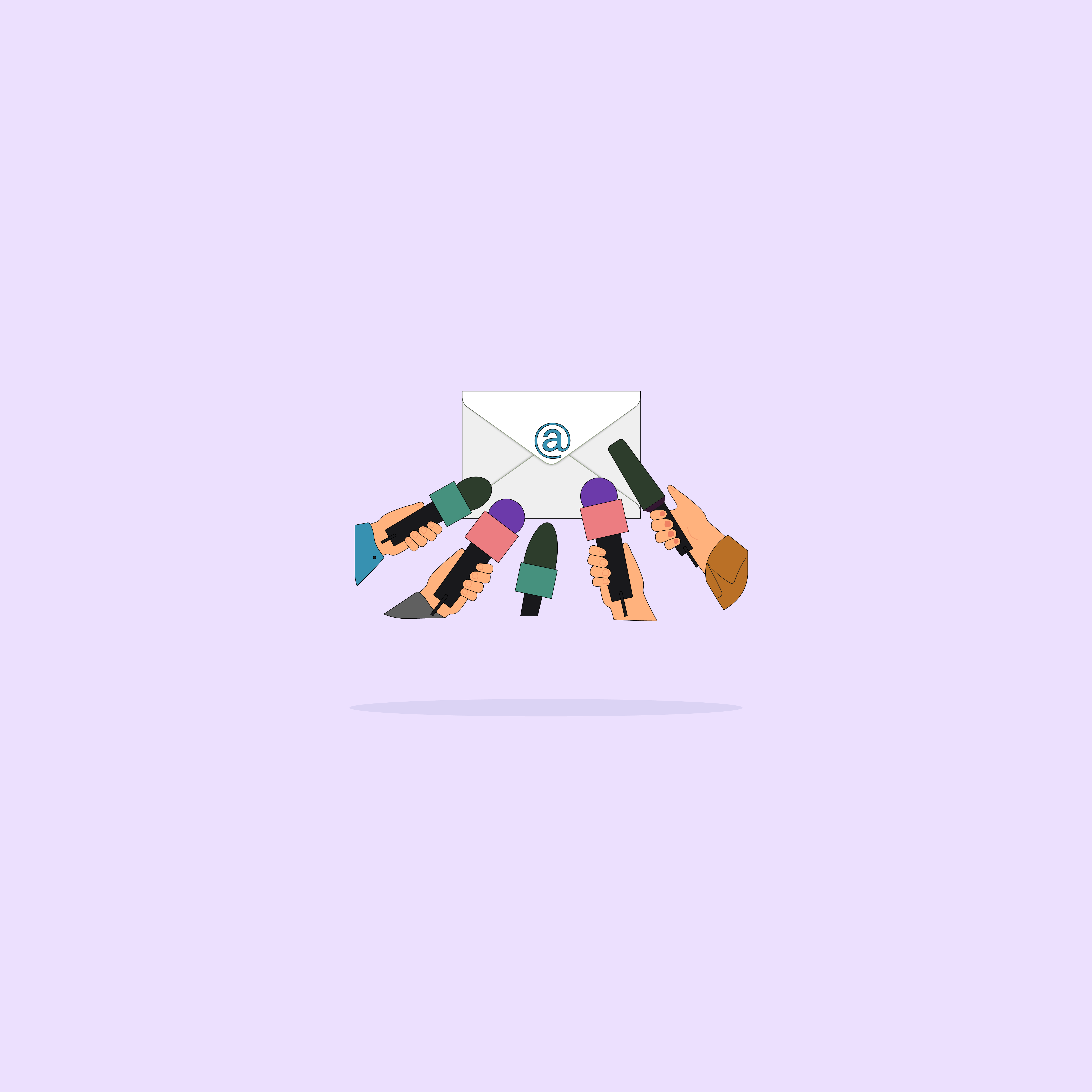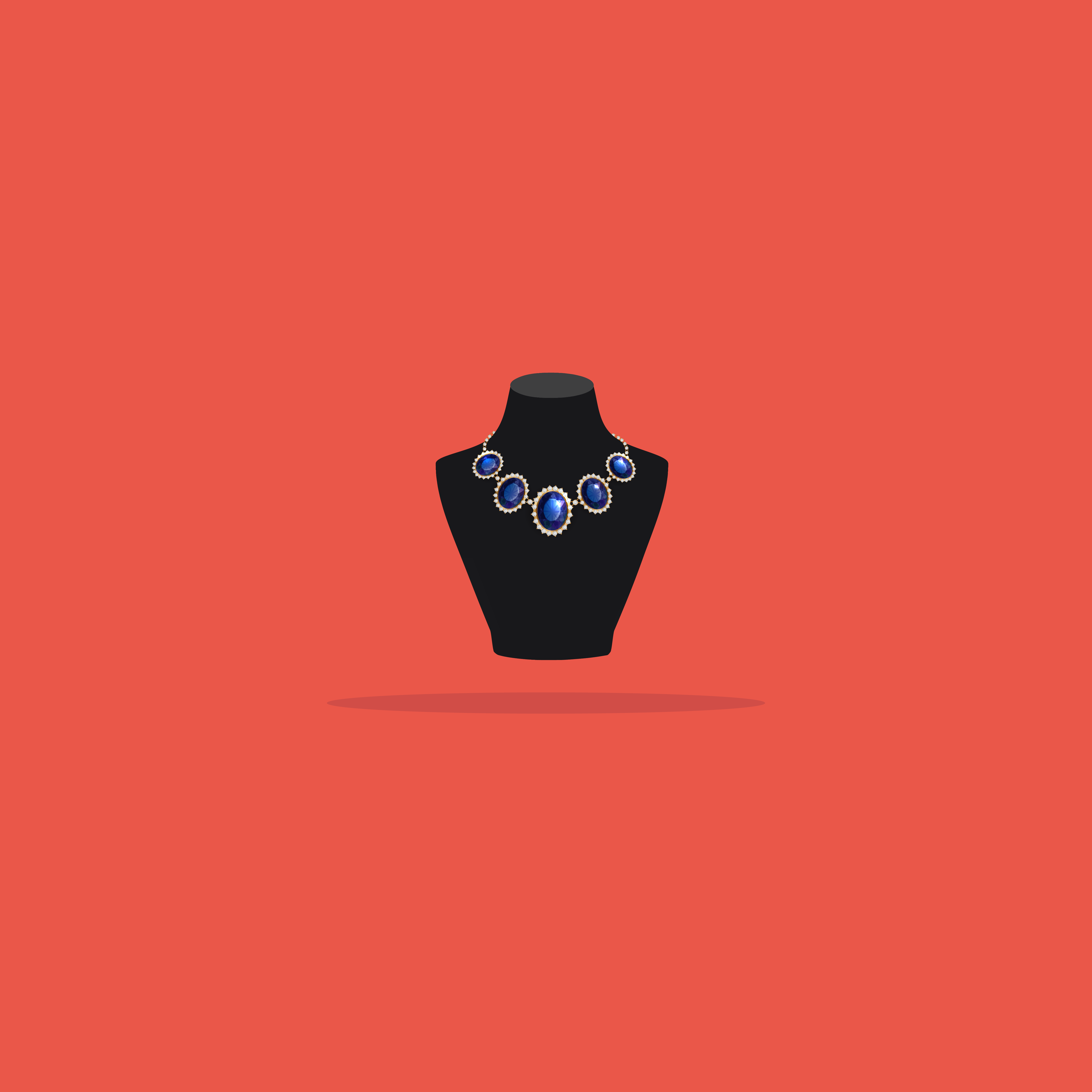Our websites use cookies. By continuing, we assume your permission to deploy cookies as detailed in our Privacy Policy.
Highlights
How LEGO Conquered the Adult Market (And Why You Should Care)
LEGO, long known for its colourful bricks and playful creations, has made a remarkable strategic shift in recent years. The company, traditionally associated with children’s toys, has successfully expanded its reach to target adults thanks to their new marketing strategy. This article explores the reasons behind LEGO’s strategic decision to target adults and analyses how ...
Segmentify Blog
Custom Couture: High-End Lessons in Marketing Personalisation from Luxury Brands
Welcome to Marketing Personalisation 201: Lessons from Luxury Brands! But why are we looking to luxury...
Email Subject Line A/B Testing Best Practices
Ahh, the subject line… The first impression, the battle cry that cuts through the noise and...
Finding That Sweet Sweet Spot: The Ideal Email Marketing Frequency
Much like courting, email marketing thrives on the delicate balance between rhythm and tempo. Send too...
How LEGO Conquered the Adult Market (And Why You Should Care)
LEGO, long known for its colourful bricks and playful creations, has made a remarkable strategic shift...
Predictive Segmentation: How to Supercharge Customer Engagement with Segmentify
Are you struggling with reaching your target audience? You’re spending hefty chunks of your budget on...
Does Tesla’s $0 Marketing Strategy Actually Work?
Tesla boldly asserts that it allocates $0 towards marketing and advertising. The notion of spending nothing...
The 2 Sides of Building Your Omnichannel Marketing Strategy
Notice how everyone, and I mean everyone, talks about omnichannel marketing strategies these days? And yet,...
For Weekly Marketing Inspiration
Get weekly eCommerce & marketing tips, resources, trends and best practices delivered to your inbox!












